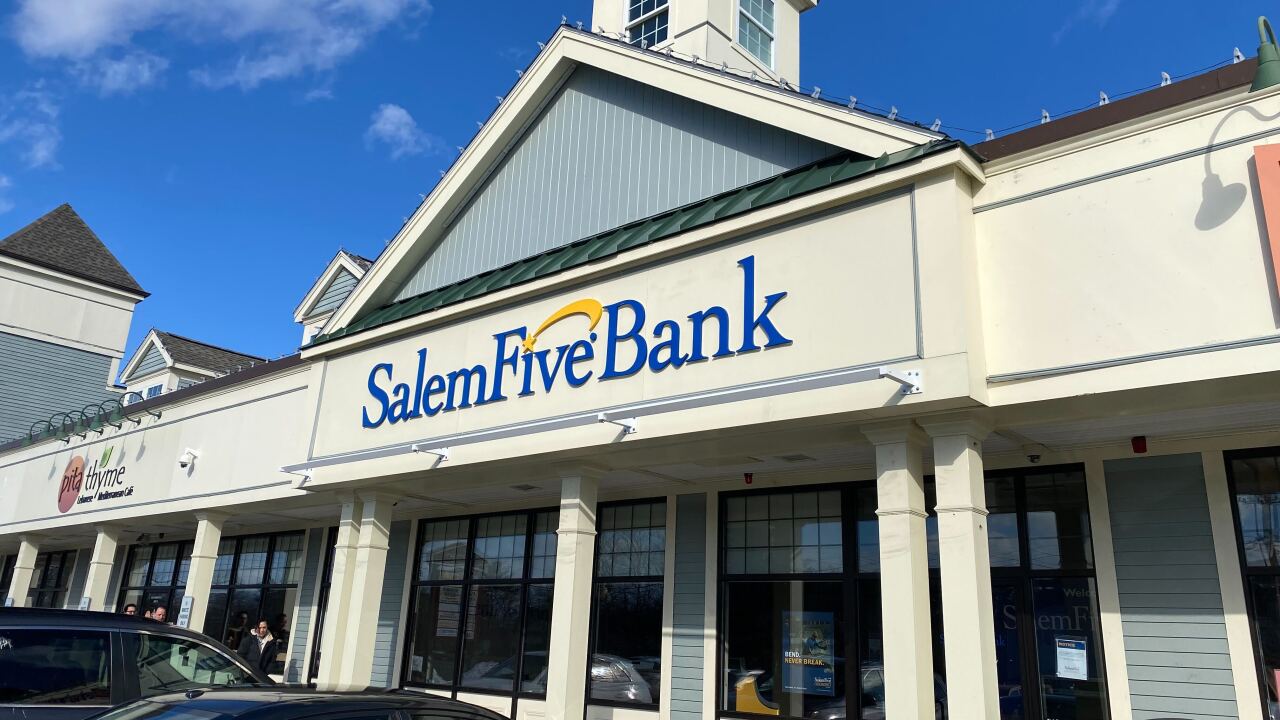-
There are fewer opportunities for upward mobility, and it's likely that the bank you go to work for will soon be merged out of existence. Is this the kind of environment that attracts the best and brightest?
June 19 -
The risky practices at and implicit taxpayer guarantee for systemically dangerous megabanks are driving consumers to community-based banks.
June 21 -
It seems everyone in community banking knows the model needs to evolve, but few have any great ideas on how to do it. One thing does seem certain: standing still is not an option.
August 24 -
With strong ledgers and creative management, many commuity bankers are proving they can thrive despite greater regulatory hurdles and the ever-present threat of large banks.
May 1
Stephen Ashman's
No doubt, the last four years have been an absolute downer. Even optimistic community bankers have experienced countless sick-to-your-stomach moments, and I agree that community banks face significant challenges going forward attracting talent and coping with regulation.
However, Ashman's analysis overstates the significance of several competitive factors, and lacks the evidence to substantiate some of his more drastic assertions – especially his pronouncement that "the community bank business model is dead."
Ashman bemoans several developments that he predicts will severely hurt community bank competitiveness in the future. These include community banks becoming insignificant in macroeconomic terms, struggling with higher capital requirements, and finding themselves unable to access financial capital.
What is life-threatening, or even new, about any of these? Being macro-economically significant has nothing to do with being competitive. Citigroup and Bank of America are both macro-economically significant financial institutions whose stock prices today are no higher than their stock prices were a quarter of a century ago. Few, if any, of the thousands of viable community banks today are worth no more now than they were in the 1980's.
Higher capital requirements will hurt big banks much more than small banks. Most community banks historically operated at or above the "new normal" of 8% Tier 1 leverage ratios. It is the megabanks – faced with greater commoditization effects and price competition – which have always applied greater leverage to produce acceptable equity returns.
And I don't remember a time when community banks had abundant access to multiple sources of outside capital. They long have been accustomed to generating capital the old-fashioned way: through retained earnings.
In support of his conclusion that "the community bank business model is dead," Ashman cites the reduction by more than 2,000 in the number of bank charters during the last decade. And he does so in the form of an unanswered question: "How else does one explain the relentless loss of 300 or more charters per year through mergers and failures with virtually no new bank formations to replace them?"
There are two main reasons for this reduction. The smaller portion of the number consists of banks that were overextended going into the worst financial crisis since the Great Depression and have either failed or been sold at severely distressed prices. This has nothing to do with the community bank business model, since, of course, many large banks suffered similar fates. The larger portion of the departed institutions sold for high multiples during the good times of 2002 to 2007.
And can someone explain how the current de facto regulatory prohibition on new bank formation is a bad competitive development for a community banker like Ashman?
If the community bank business model really was dead, small banks would be closing their doors and self-liquidating. Instead, those that are gone either blew themselves up just like their big brothers, or sold – typically at attractive multiples of tangible book value. If voluntary self-liquidation ever becomes a trend, then it will be time to really worry about the future.
Finally, Ashman doesn't mention the sleeping giant currently hibernating in the community bank sector – the core deposit franchise. Historically low interest rates and weak loan demand have dominated the banking environment for almost five years, and have masked the long-term profit potential of core deposits. Most likely, these are not permanent conditions.
Yes, the future holds many challenges and unpleasant surprises. However, when (not if) the cycle ultimately turns, the earnings power of relationship-driven core deposit funding will reappear in the community bank sector.
And it can't happen soon enough.
Marty Madden is an executive vice president and the chief financial officer of F.N.B.C. of LaGrange Inc. in Illinois.




